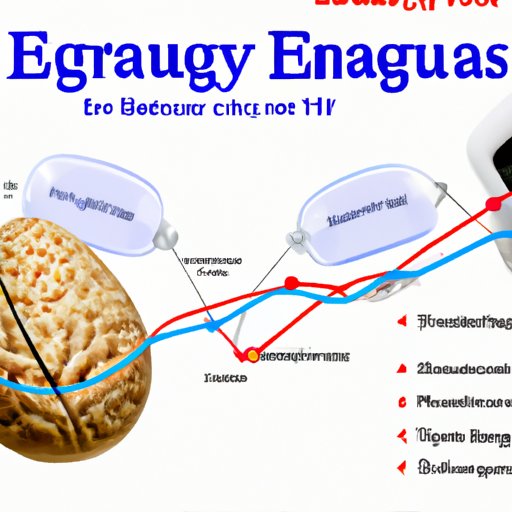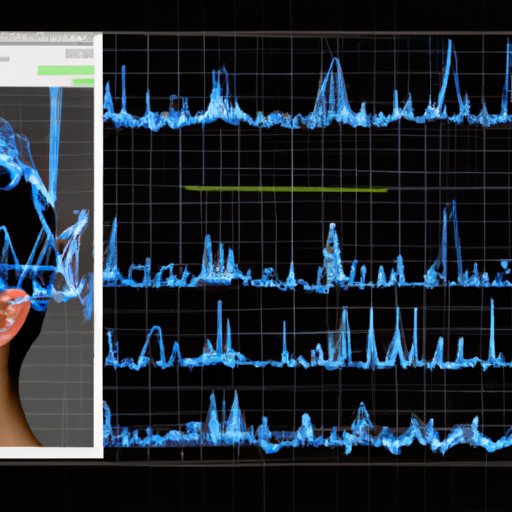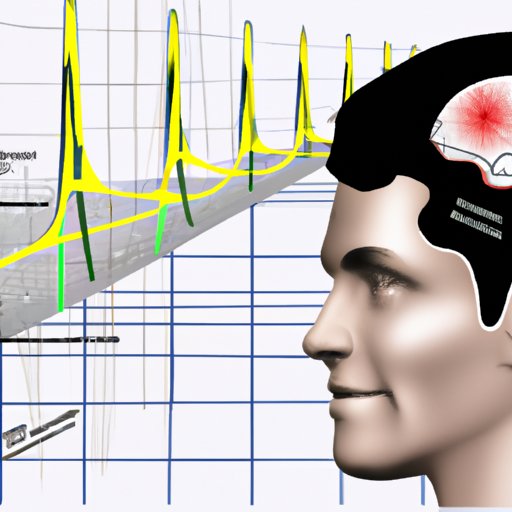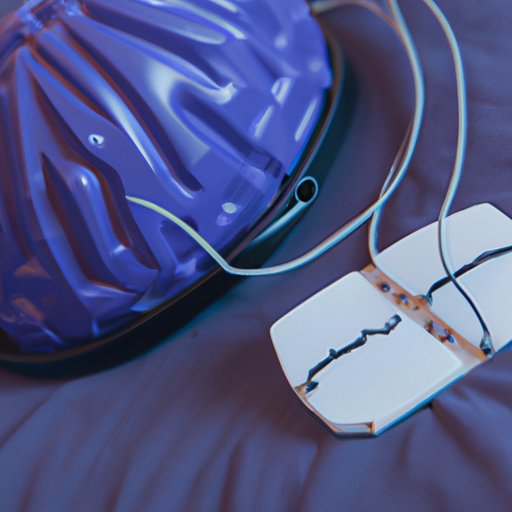Overview of EEG Technology
Electroencephalography (EEG) is a non-invasive medical test that measures brain activity. It uses electrodes placed on the scalp to detect and record electrical signals produced by the brain. The resulting readings are known as EEG traces or brain maps and can be used to diagnose various neurological conditions. EEG has been used in clinical settings for decades, but recent advances in technology have made it even more useful and reliable.
Definition of EEG
An EEG is a type of medical device that measures electrical activity in the brain. It does this by placing electrodes on the scalp, which detect tiny changes in electrical potentials produced by neurons in the brain. These signals are then amplified and recorded, producing an EEG trace or brain map. EEGs are used to diagnose various neurological conditions, such as epilepsy, sleep disorders, and cognitive impairment.

How EEGs Measure Brain Activity
EEGs measure the electrical activity of the brain by detecting the tiny changes in voltage that occur when neurons communicate. When neurons fire, they produce small electrical signals that travel along nerve cells. EEGs pick up these signals and convert them into electrical impulses, which are then amplified and recorded. This produces an EEG trace or brain map, which can be used to determine the amount of electrical activity in different parts of the brain.
Different Types of EEGs
There are several different types of EEGs, each of which is used for specific purposes. Some EEGs measure the electrical activity of the entire brain, while others focus on specific areas. There are also specialized types of EEGs, such as ambulatory EEGs, which measure brain activity over long periods of time, and quantitative EEGs, which analyze EEG data using advanced algorithms.
Exploring the Different Components of an EEG System
An EEG system consists of three main components: electrodes, amplifiers, and computers and software. The electrodes are placed on the scalp and detect the tiny changes in electrical potentials produced by neurons in the brain. These signals are then amplified and recorded by the amplifiers, which convert them into digital signals. Finally, the digital signals are sent to a computer, where they are analyzed and interpreted using specialized software.

Examining Brainwave Patterns and Signals in EEG Readings
Brainwave patterns, or waveforms, are the patterns of electrical activity detected in EEG readings. Each waveform corresponds to a different type of brain activity. Alpha waves, for example, are associated with relaxation, while beta waves are associated with alertness and concentration. Delta waves, on the other hand, are associated with deep sleep, and theta waves are associated with daydreaming and creative thinking.
How Do EEGs Detect Abnormal Activity?
EEGs can be used to identify abnormalities in brainwave patterns. For example, if the brainwave patterns indicate abnormal levels of electrical activity, this may indicate the presence of a neurological disorder. EEGs can also be used to monitor brain activity during seizures, as well as to detect changes in brainwave patterns that may indicate the onset of a seizure.
Discussing the Benefits of EEGs in Medical Diagnoses
EEGs are a valuable tool for medical diagnoses, as they provide accurate information about brain activity. They are also non-invasive, meaning that no surgery is required, and they are relatively cost-efficient compared to other imaging techniques. EEGs can also be used to monitor brain activity during surgery, allowing doctors to make sure that the patient is not at risk of developing any complications.

Exploring Current and Future Applications of EEG Technology
EEGs are currently being used in a variety of clinical, research, and commercial applications. In clinical settings, EEGs are used to diagnose and treat neurological disorders, such as epilepsy and sleep disorders. In research, EEGs are being used to study the effects of drugs and treatments on the brain. And in commercial applications, EEGs are being used to develop products that can detect and respond to changes in brain activity, such as virtual reality headsets and brain-computer interfaces.
The Pros and Cons of Using EEGs in Diagnosis and Treatment
Although EEGs have many benefits, there are also some drawbacks to using them in diagnosis and treatment. One of the main advantages of using EEGs is that they provide accurate information about brain activity. However, EEGs cannot detect all neurological disorders, and they may be affected by factors such as movement and muscle tension. Additionally, EEGs are not always reliable in certain situations, such as when patients are under the influence of certain drugs or alcohol.
Conclusion
EEG technology has come a long way in recent years, and it has become an invaluable tool for diagnosing and treating neurological conditions. By measuring brain activity, EEGs can provide doctors with accurate information about a patient’s condition and help them make informed decisions about treatment. Although there are some drawbacks to using EEGs, their accuracy and cost efficiency make them a valuable tool in medical diagnosis and treatment.
(Note: Is this article not meeting your expectations? Do you have knowledge or insights to share? Unlock new opportunities and expand your reach by joining our authors team. Click Registration to join us and share your expertise with our readers.)
